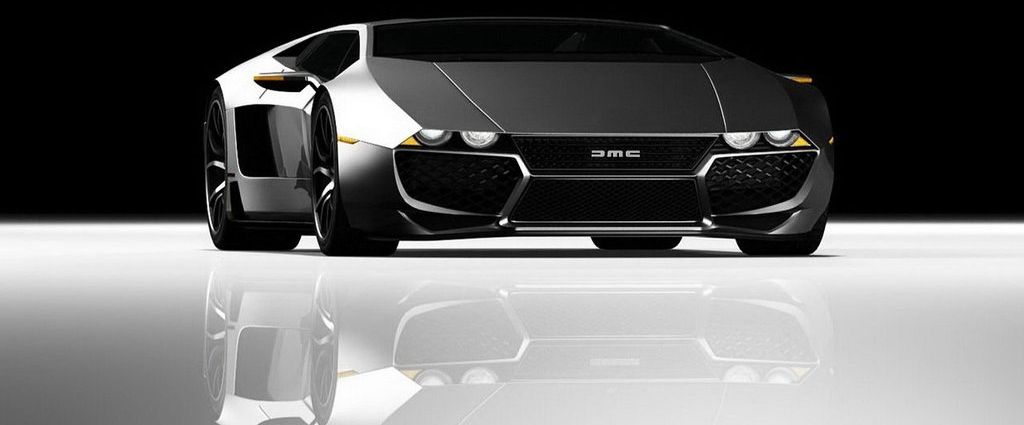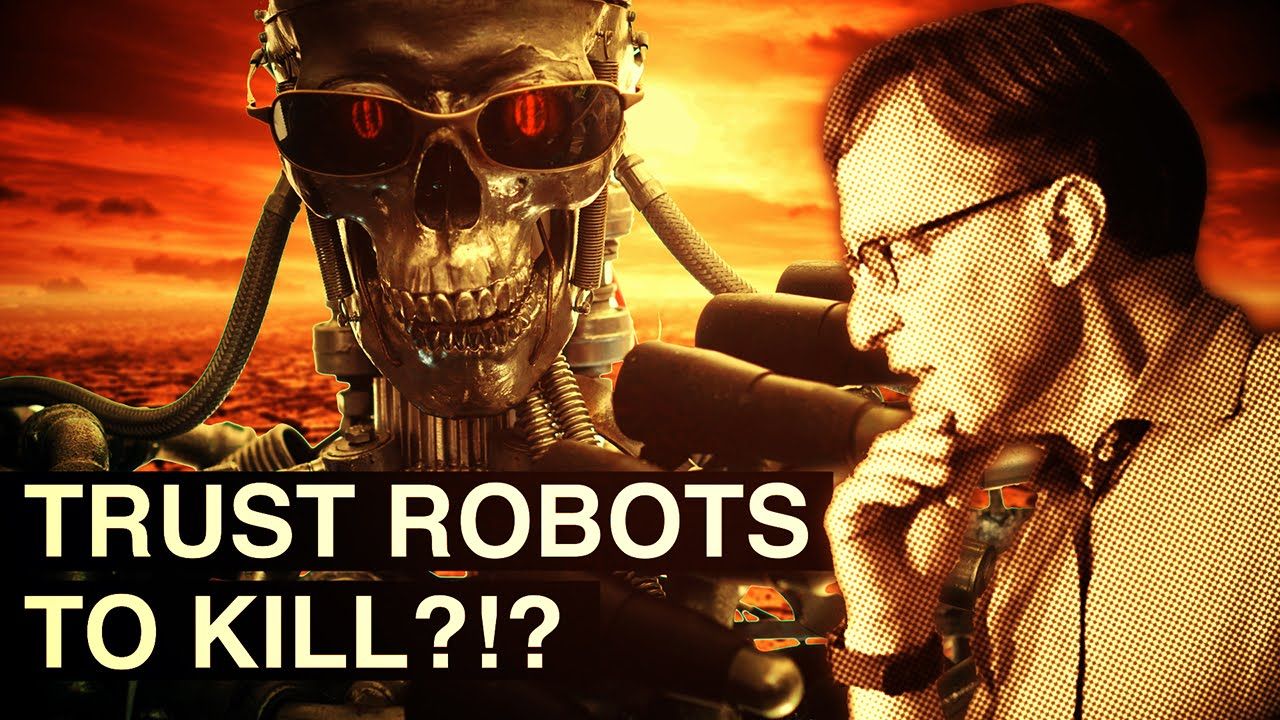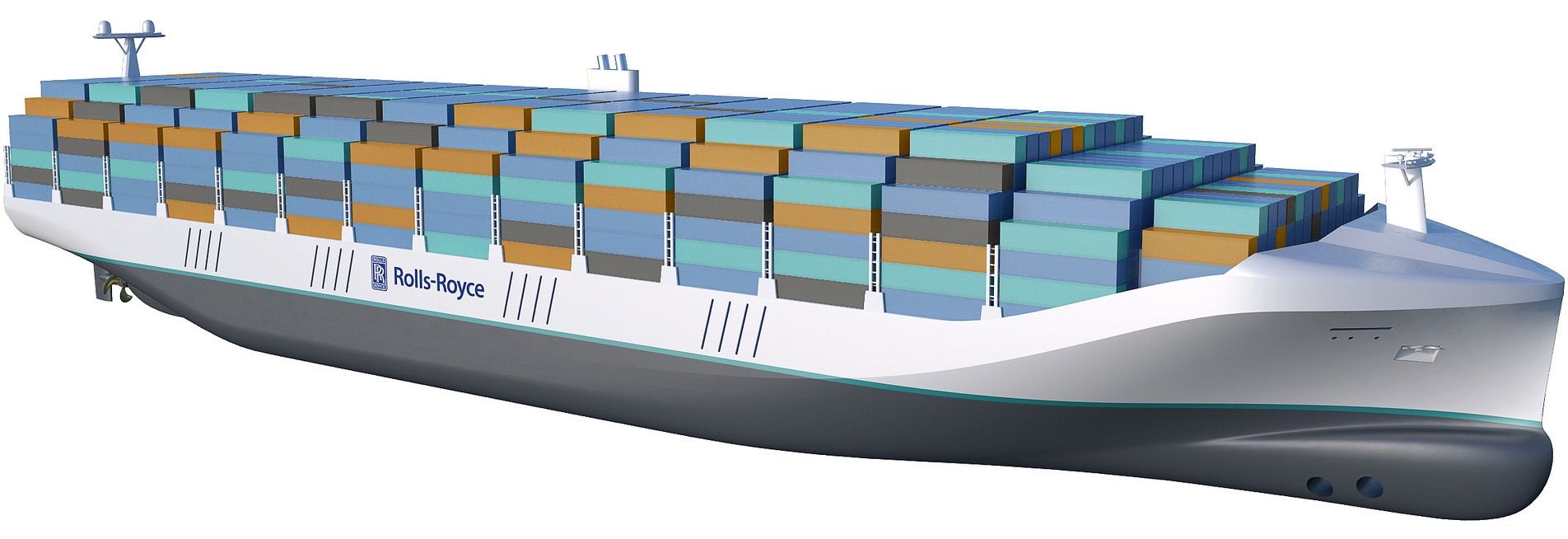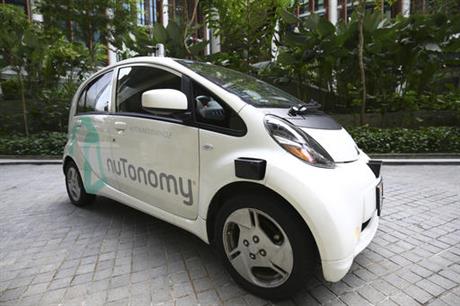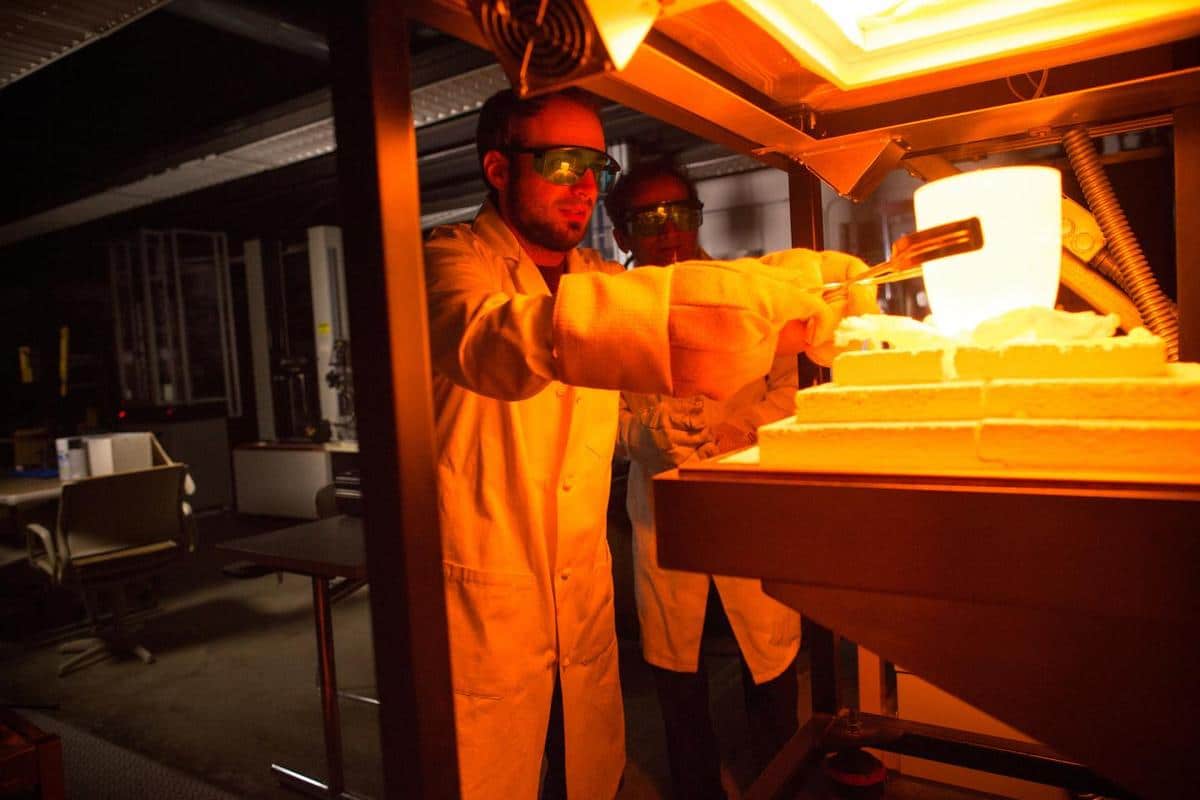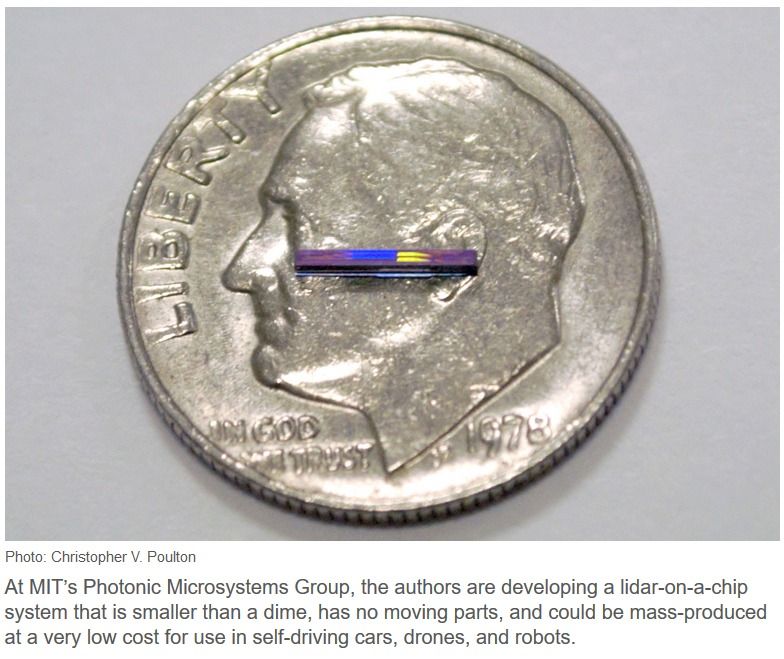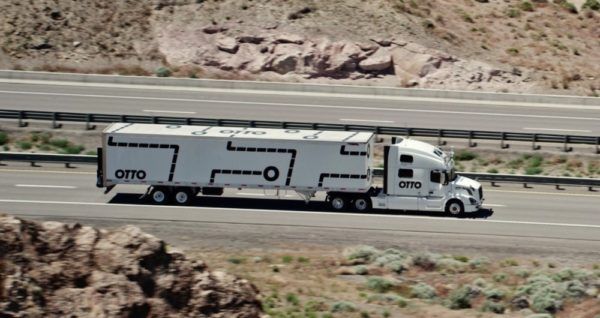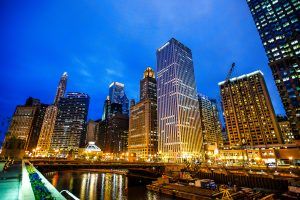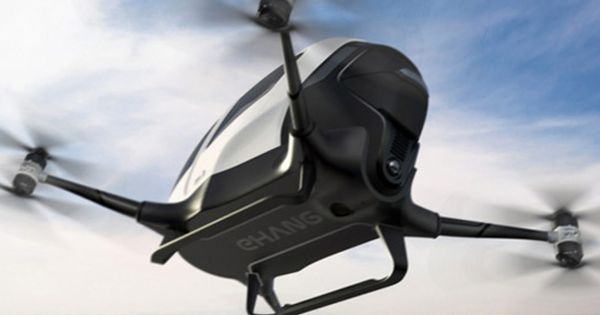Aug 27, 2016
DeLorean Motor Company will release new car in 2017
Posted by Shailesh Prasad in categories: biotech/medical, law, transportation
The first prototype of DeLorean appeared in October 1976, and production officially began in 1981 in Dunmurry, a suburb of south west Belfast, Northern Ireland (with the first DMC-12 rolling off the production line on January 21). The car features gull-wing doors and an innovative fiberglass chassis and underbody structure, along with a brushed stainless steel body.
DMC became famous for its appearance and was modified as a time machine in the Back to the Future film trilogy. A little more than 8,500 DMC-12s left DeLorean’s factory in Northern Ireland between 1981 and 1983, until its founder John DeLorean’s was arrested by the FBI on charges of drug trafficking.
Actually, it is quite impressing that Texas-based DeLorean Motor Company could soon initiate again its production thanks to a new law which exempts small volume car manufacturers from the safety requirements applied to the newly cars. On January 27, 2016, in Humble, Texas location, the car maker announced that production will resume and “new” DMC-12’s will be rolling off the assembly line in early 2017.
Continue reading “DeLorean Motor Company will release new car in 2017” »
